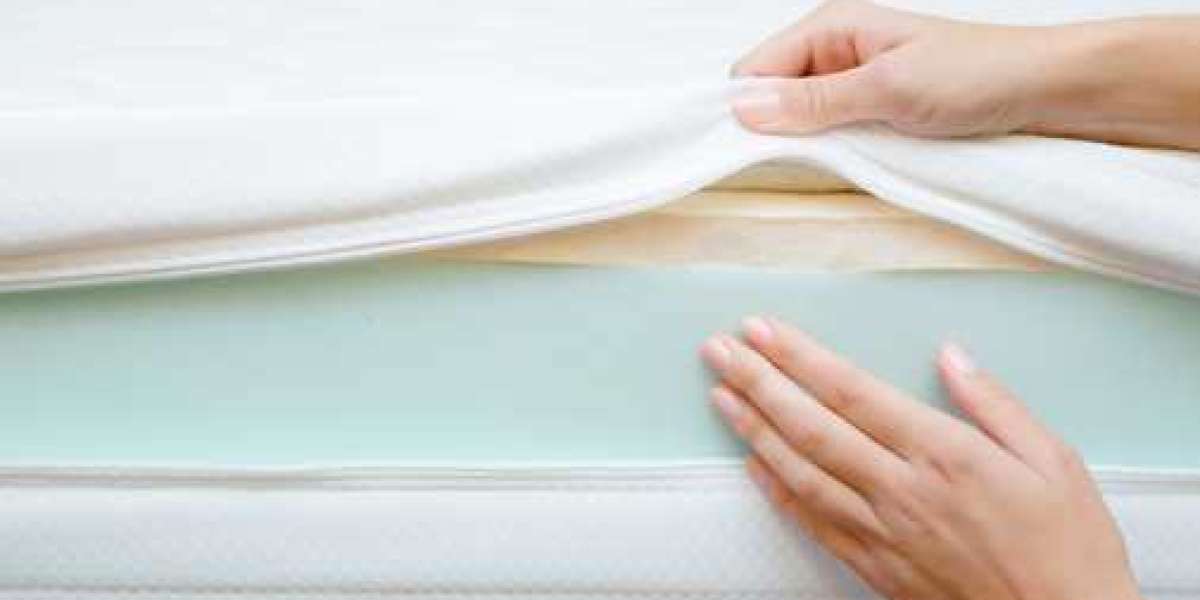Unlocking the true potential of coatings requires a fine balance between performance and durability. And when it comes to achieving exceptional results, modified polyisocyanate formulations are leading the way! These innovative compounds have revolutionized the coatings industry, offering improved properties and incredible versatility. In this blog post, we will dive into the world of modified polyisocyanates, exploring their role in coatings, advantages over traditional formulations, different modification techniques used, best practices for handling and application, and even glimpse into the future of this game-changing technology. So grab your paintbrushes and get ready to maximize performance like never before with modified polyisocyanate formulations!
What are Polyisocyanates and their Role in Coatings
Polyisocyanates are a class of compounds that play a crucial role in coatings. These versatile chemicals serve as crosslinkers, binding together different components to create a strong and durable coating film. They act as the backbone of the formulation, providing excellent mechanical properties such as hardness, adhesion, and resistance to wear.
One of the key advantages of polyisocyanates is their ability to react with hydroxyl groups present in other coating ingredients like resins or polymers. This reaction forms urethane linkages, which contribute to enhanced performance characteristics. The resulting chemical bond creates a robust network within the coating film, improving its strength and durability.
Another important role of polyisocyanates is their contribution to moisture resistance. By incorporating these compounds into coatings formulations, manufacturers can develop water-resistant finishes that withstand harsh environmental conditions without compromising on performance.
Additionally, polyisocyanates provide exceptional versatility when it comes to formulating coatings for various substrates. Whether it's metal surfaces requiring corrosion protection or wood surfaces needing improved weathering resistance, modified polyisocyanate formulations can be tailored to meet specific requirements.
Polyisocyanates are essential components in coatings due to their ability to enhance mechanical properties and improve overall durability. Their multifunctional nature makes them invaluable in achieving high-performance finishes across diverse applications.
Advantages of Modified Polyisocyanate Formulations
Modified polyisocyanate formulations offer a range of advantages that make them highly sought after in the coatings industry. These modifications enhance the performance and versatility of polyisocyanates, allowing for better adhesion, durability, and resistance to various environmental factors.
One significant advantage is improved flexibility. By incorporating specific additives or modifying the chemical structure, polyisocyanates can become more flexible without sacrificing their mechanical strength. This flexibility ensures that coatings remain intact even when subjected to bending or stretching forces, making them ideal for applications on substrates with movement or expansion.
Another advantage lies in increased chemical resistance. Modified polyisocyanates are designed to withstand exposure to harsh chemicals, solvents, and acids. This makes these formulations suitable for use in industries such as automotive manufacturing, where protection against corrosive substances is crucial.
Furthermore, modified polyisocyanate formulations often exhibit enhanced UV stability. By incorporating light stabilizers into the formulation process, these coatings can resist fading and degradation caused by prolonged sunlight exposure. This feature is particularly valuable for exterior applications like paints used on buildings or automobiles exposed to direct sunlight.
Additionally, modified polyisocyanates offer improved compatibility with different coating systems and binders. This allows for easy integration into existing production processes without compromising overall quality or performance.
In conclusion, the advantages provided by modified polyisocyanate formulations have revolutionized the coatings industry by enabling superior performance properties while also enhancing application efficiency and durability. As technology continues to advance in this field and new modification techniques are developed, we can expect further improvements that will shape the future of coating solutions across various sectors.
Types of Modification Techniques Used
Polyisocyanates are versatile compounds that can be modified using various techniques to enhance their performance in coatings. These modification techniques help tailor the polyisocyanate formulations to specific application requirements, ensuring optimal results.
One common modification technique is adding functional groups to the polyisocyanate molecule. This can be achieved through reactions with other chemicals, such as alcohols or amines. Adding these functional groups allows for improved adhesion, flexibility, and chemical resistance in the resulting coating.
Another technique involves altering the molecular weight of the polyisocyanate. By controlling the size and distribution of polymer chains within the formulation, it is possible to achieve desired viscosity and film formation properties. This helps ensure proper flow and leveling during application.
Crosslinking agents are also used as a modification technique. These agents react with polyisocyanates to form a three-dimensional network structure, enhancing durability and mechanical strength in coatings. Crosslinking improves resistance against abrasion, chemicals, and UV degradation.
In addition to these techniques, modifying additives like thickeners or stabilizers may be included in polyisocyanate formulations to improve handling characteristics or prolong shelf life.
The choice of which modification technique(s) to use depends on factors such as desired performance properties, substrate type, curing conditions, and environmental considerations. A thorough understanding of these factors enables formulators to select the most appropriate modifications for achieving maximum coating performance.
Modified Polyisocyanate formulations have revolutionized the coatings industry by offering enhanced functionality tailored specifically for different applications.
Best Practices for Handling and Application
When it comes to working with modified polyisocyanate formulations, following best practices for handling and application is crucial. These guidelines not only ensure optimal performance but also promote a safe working environment.
It is essential to always wear appropriate personal protective equipment (PPE) when handling modified polyisocyanates. This includes gloves, safety goggles or glasses, and a respirator if necessary. By doing so, you can protect yourself from potential skin irritation or respiratory issues that may arise from contact with the substance.
Proper storage of modified polyisocyanate formulations is key to maintaining their quality. They should be stored in cool and dry conditions away from direct sunlight and heat sources. Additionally, ensuring that the containers are tightly sealed after use prevents moisture absorption or contamination.
When it comes to application techniques, thorough surface preparation is vital for achieving good adhesion and optimum performance. Surfaces should be clean, dry, free of dust or debris before applying the coating. Proper cleaning methods such as solvent wiping or sanding may be required depending on the substrate.
During application, it's important to follow the manufacturer's recommended mixing ratios carefully. Over- or under-application can lead to inadequate curing or compromised film properties. Using calibrated measuring equipment helps achieve accurate proportions.
Furthermore, consider environmental conditions during application. Temperature and humidity can affect drying time and overall performance of the coating system. Adhering to specified temperature ranges will help ensure successful results.
Lastly but equally importantly – practice proper disposal procedures for any waste generated during handling or cleanup processes related to modified polyisocyanates. Follow local regulations regarding hazardous waste management to minimize environmental impact effectively.
By adhering diligently to these best practices both in terms of handling safety precautions as well as precise application techniques - you can maximize your success when working with modified polyisocyanate formulations while ensuring long-lasting coatings that deliver exceptional performance.
Conclusion: The Future of Modified Polyisocyanate Formulations in Coatings Industry
As the coatings industry continues to evolve and demand higher performance standards, modified polyisocyanate formulations are proving to be a game-changer. With their unique properties and advantages over traditional polyisocyanates, these modified versions offer enhanced durability, flexibility, and compatibility with various substrates.
The future looks promising for this innovative technology. As manufacturers invest more resources into research and development, we can expect further advancements in modified polyisocyanate production techniques. This will lead to even more tailored formulations that cater to specific coating requirements.
Additionally, as the environmental regulations become stricter worldwide, there is a growing need for coatings that are not only high-performing but also eco-friendly. Modified polyisocyanates have the potential to meet these demands by offering low-VOC options without compromising on quality or performance.
China has emerged as a key player in the production of modified polyisocyanates due to its robust manufacturing capabilities and emphasis on technological advancements. The country's expertise in chemical engineering coupled with its commitment to innovation makes it an ideal hub for developing and producing these specialized coatings.
In conclusion, the future of modified polyisocyanate formulations in the coatings industry looks bright indeed. With their numerous advantages and versatility, they have already made significant strides towards improving coating performance across various sectors. As technology continues to advance and market demands increase, we can anticipate even greater achievements from this cutting-edge solution. So keep an eye out for further developments because modified polyisocyanates are here to stay!


